When calculating by unit, the Mekong Delta residents also commonly use the method of “item/piece”. Besides, there are some special objects/types: traditional medicine is counted as “thang” (wrapped in square paper), smoking tobacco is counted as “lang”, “banh”. Tobacco rolling paper is counted as sheets; retail is cut into pieces, the width is equal to the length of a cigarette, then rolled up and called “dun paper”…
Most other objects are calculated in the form of weight, measurement, and counting with their own cultural characteristics closely linked to the production and working life and natural conditions here.
About the scale
For common goods, depending on the quantity, the ancient people of the Mekong Delta calculated by kiem (50g), kg (12 kiem), kg (1,000g), yen (6kg), tael (60kg), ton (1,000kg). For example, coal for burning in the furnace (depending on mangrove or mixed coal) is calculated by kiem.
For gold, silver, copper jewelry, etc., use a small scale, from less to more: ly, phan, chi, luong. You can use the saying "One side is half a kilo, the other side is 8 luong/lang" as a conversion unit - equal.
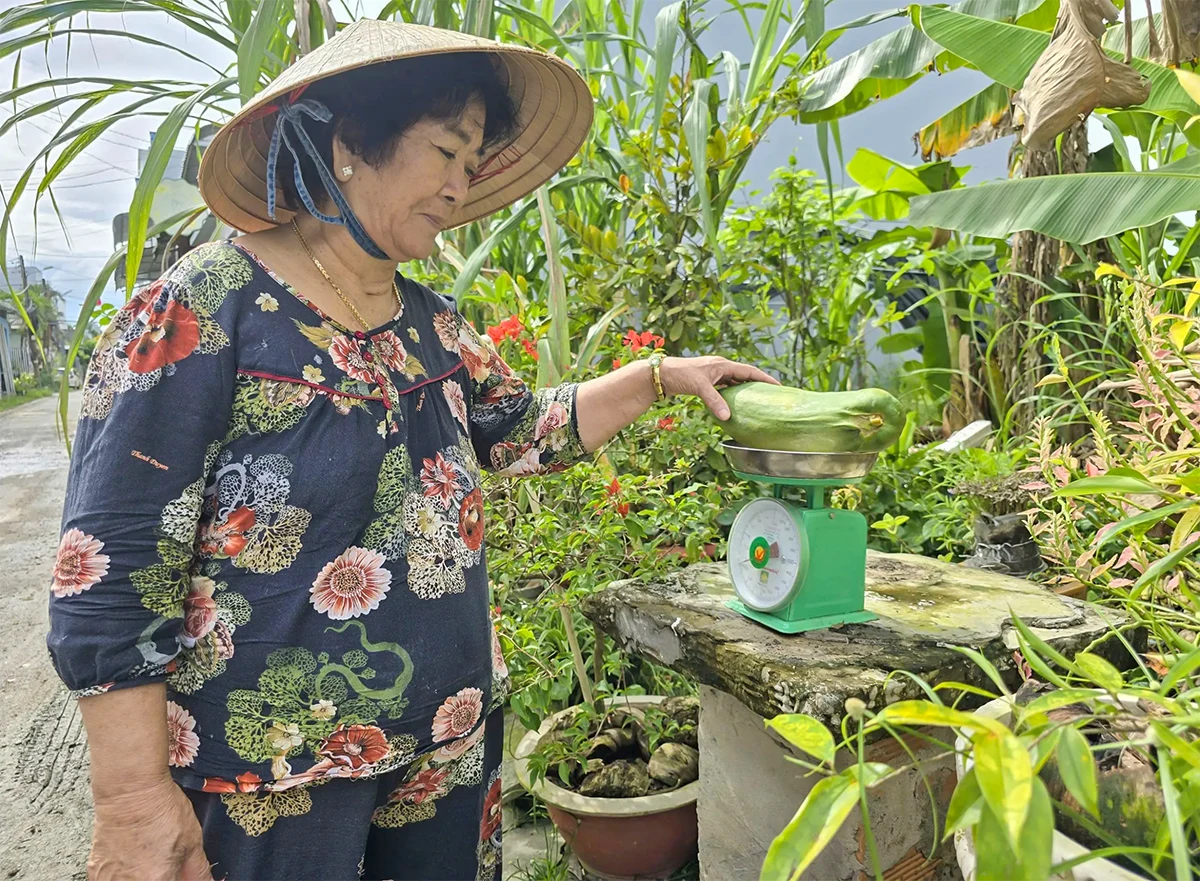
Western women use a scale to weigh things. Photo: DUY KHOI
When selling whole pigs, people in the plains use a scale; when selling at the retail market, they use a scale to determine the price. Depending on the type of meat (fat, ribs, thigh bones, etc.), the price will be different.
About measuring
With rice, people in the West calculate by bushels, measure by apples, and level by (1 apple equals 20 liters; 2 apples equal 1 bushel). Later, because the market sold square kerosene barrels, made of tin, with a capacity of 20 liters, when measuring liquid, instead of calling them "apples", people called them "barrels". Retail sales measured by liters (now they use scales and calculate by kilograms).
Agricultural products such as potatoes, water chestnuts... are calculated by bushels, measured by apples, and piled up. Specialties such as boiled mussels (all meat) are measured by small cups. Large snails (apple snails, sedge snails) are sold in bunches (now they are weighed by the kilogram).
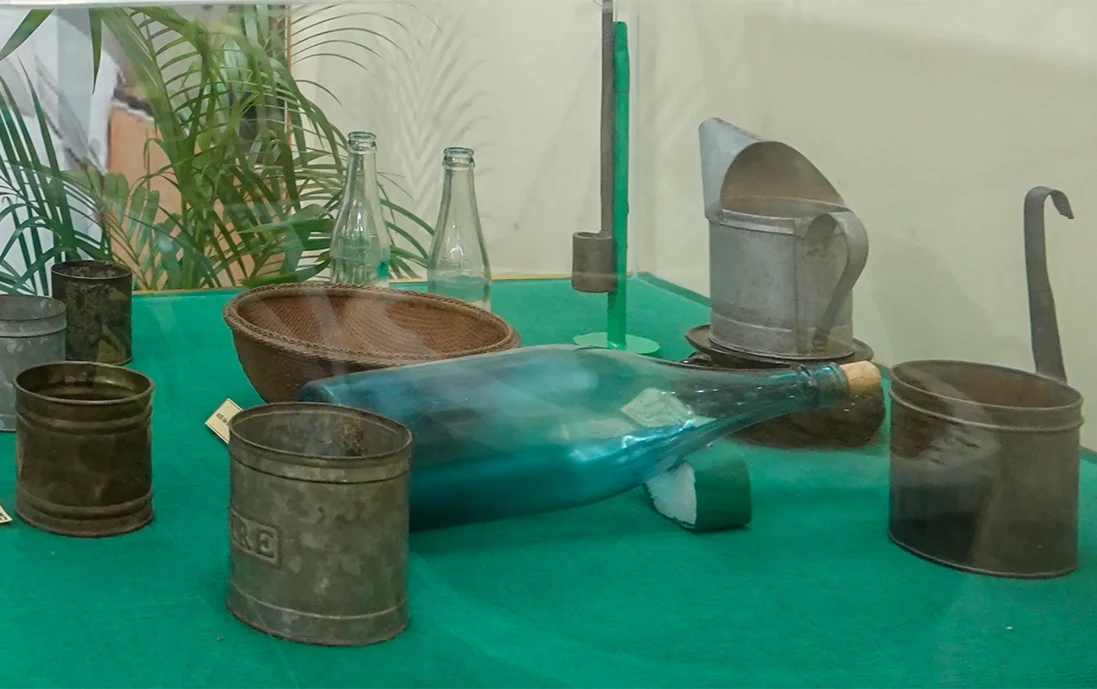
Some measuring tools. Photo: DUY KHOI
Kitchen ash is also used as fertilizer by residents of the Mekong Delta. Ash from wood burning is measured by large apples (40 liters) and piled on top. Rice husks and rice husk ash are measured by bags (the type of bag made of areca palm leaves is called bao ca ron, or woven from jute/burlap is called hessian bag), and can be torn (bamboo or reed bags, with a capacity of a few bushels, with two handles on top for easy gripping when carrying, or a pole to be threaded through to carry).
When Westerners sell fresh fish to the “trading boat” at the pond, they measure it with a “seven-sized basket” made of very sturdy bamboo; 1 seven-sized basket is equal to 7 “sàng” (small baskets), 1 small basket can hold about 40 kilos of fish. At the warehouse or retail at the market, scales are used, usually the “giac” scale is beneficial to the buyer.
Domestic water is calculated in pairs. A pair of water is 2 buckets, each bucket not exceeding 20 liters. Depending on the distance, the person in need will negotiate the price with the person carrying the water. If supplying water to consumers by boat/cart, it is called "exchanging water" and no one says "selling water".
About measurement
When buying and selling boards, the seller always measures extra and does not count the places with chips, seams, diagonal edges... As for trees, depending on the size of the tree, the price is negotiated, the type of selling is individual trees or the whole bush, a garden of trees or the buyer cuts it down himself. If the tree is sawn, the measurement is calculated in "leverage tree" and then converted to meters, cubic meters based on "box plank tree". When measuring, do not count the edges, diagonals, and places with "chips"...
In the past, measuring land in the Mekong Delta countryside by the traditional method was to measure each side 10 cubits, which was called a ten-cubit work, and each side 12 cubits was called a cut-cubit work. Wherever the measurement reached, a tree was planted to mark the boundary. In the past, if measuring a sown rice field and assigning it to a hired rice harvester, the measurement was 12 cubits, then a handful of stubble was pulled up about 40-50cm, and then wrapped a few rounds with the same stubble to secure and define the boundary. The reason the landowner and the hired rice harvester agreed on “12 cubits” was usually because the rice grew patchily in this field, some had some and some did not, so it was called “cut-cubit work”.
Sand and construction stone are calculated by volume. Firewood is cut into pieces about 3 inches long, stacked in a pile, and measured by square meters.
Fabric is measured by meter, the price depends on the width of the fabric (in the past, because it was hand-woven, the width was narrow, usually 8 inches = 80cm), called "eight-inch fabric". As for silk, it is calculated in bundles, each bundle counts as "one pair" - even when sewing a shirt, it is also counted as "pairs", so if you want to sew a set of clothes, you have to buy 2 "pairs".
About counting
With betel leaves, 20 leaves count as a dozen, tied together to form an “op”; 12 such ops count as a hundred, ten hundred is a thousand (1,000 full heads), ten thousand is one ten thousand (10,000 full heads). “Enough heads” means adding a certain number, for example, a dozen full heads is not 10, which is “a plain dozen” but 12, 14, 16…; one hundred, one thousand, ten thousand full heads are also calculated on that basis, which is beneficial to the buyer.
Sesbania flowers, squash shoots, pumpkin shoots… in general, wild vegetables and wild vegetables are sold in bunches. Wild water lilies are sold in bunches: 4 or 5 stalks rolled up and make up a bunch; depending on the length of the stalks, the prices are different. If the cultivated water lilies have stalks as big as a finger, called Da Lat water lilies, they are sold by each stalk/flower.
In the past, watermelons were sold at the market by both the grower and the buyer, secretly counting by buffalo cart, 1 cart was about 20 bushels of rice - calculated "far apart" from the biggest watermelon called pair watermelon, then first watermelon, second watermelon, third watermelon; smaller ones were called shredded watermelon, "dầu canh" (meaning small, misshapen, flat watermelons only used to cook soup) were not counted. Depending on the average size and quality of the watermelon, the price was negotiated. Now, the fruit is sold at the market, counted; when it reaches the market, it is weighed.
Cucumbers are sold by the basket or by the head; ripe melons (sold retail) are sold by the head. Bitter melons and eggplants are sold by weight.
Buffaloes and cows were sold by the amount of each animal, according to the method of mutual agreement. Chickens and ducks were often sold by the amount of each animal in the past, especially “housed ducks” (thousands of ducks). When selling chicken and duck eggs by counting, they were counted as “smooth tens,” meaning ten eggs. Muscovy duck eggs were more expensive than local duck eggs because they were rare; “housed duck” eggs were the cheapest because they were small and had no rooster.
Handicrafts such as woodwork, forging, and pottery have their own prices depending on the materials and design. Because they are bulky or heavy, and difficult to transport, the retail price is 2 or 3 times higher than the price at the farm, kiln, or production facility.
Thatched roofing leaves and wall covering leaves (water coconut leaves that have been split in half) are counted by the full amount. Roofing tiles and construction bricks are counted by the amount of thousands, with a little extra added (because during transportation, there will be some chipping or breaking). Fishing hooks are also counted by the amount of thousands, depending on the type.
For “homegrown” items, both the seller and the buyer do not need to weigh, measure, or count, but only estimate, call “buy and sell in batches” (like vegetables), or implicitly guess and then negotiate (like fruits still on the tree: coconuts, mangoes, oranges, tangerines, etc.).
How to calculate common service forms in the past
When hiring buffaloes and oxen to plow or harrow, the calculation is based on the “tat” (1 is one plowing or harrowing time), and the price is calculated based on the agreed price. The landowner provides two meals a day for the buffaloes and oxen. When digging ditches, digging tunnels, or carrying soil to fill house foundations, the calculation is based on the “lower volume” (undug soil, still soft and not bumpy).
Weeding for hire is done by the day and paid daily. The landowner must work with the hired worker to “lead the way”, meaning if the owner works quickly, the hired worker will follow quickly and vice versa. If the owner does not do it himself, he will delegate someone good at it to do it on his behalf.
Hired rice harvesters are calculated by "cong" (12 square taels), depending on whether the rice is successful or not, the rice owner pays the hired harvester in rice grains, usually 1 gia/cong. If the rice is too successful, it is 1 gia and a half/cong, if it is not successful, it is 0.5 gia/cong. Or when using a tael to measure, the owner adds a little more.
Renting land to grow rice (seasonal rice, 1 crop/year) is calculated based on the number of hectares of land. The tenant pays the landowner in rice, which can be converted into money according to a prior agreement, or based on the market price at the time of harvest. The time depends on the agreement, usually every year. Land tax is paid by the landowner to the state, then collected from the tenant, called "tax collection". After harvesting the rice, the tenant has the right to directly cultivate or let someone else cultivate another crop, but when returning the land, the land must be cleaned (burn all stubble).
If you work for hire by the day, it is called daily wage. No matter what job you do, the employer must provide you with rice, 3 meals a day, and also tea, cakes, or coffee depending on the employer's conditions. If you work with products, the price is negotiated for each product or each stage, depending on the agreement.
Masons, carpenters, silversmiths… all work for a fee, calculated by the item. For silversmiths, in addition to the salary, they also have “waste”, meaning that for a 1 tael gold item, they are calculated with 1 part of the loss (in fact, if they are good workers, they will only lose a few parts of a 1 tael item).
Vãn công is the village spirit of helping each other when there is work (for example, roofing, planting rice, etc.). Usually, there is no payment, but the owner must take care of meals. If the work is too hard or takes a long time, the owner must think about paying a suitable salary or gratitude.
Some aspects of wholesale culture in the past
In the spirit of mutual love, for those who are too poor to have money, the seller is willing to let them pay on credit, calling it "selling on credit", accepting to pay for several months; sometimes "selling on credit until the harvest season", leaving it until the rice/field is harvested to settle the bill without adding interest.
However, for the grocery stores in the neighborhood, the owners are also poor. If they sell on credit and the buyers pay late, they will lose their capital. Therefore, they are forced to write a few words on the wall with chalk: "Low capital, no credit sales, please understand!"
When selling at the market, people are very wary of "buying and selling at the same time", so if such a situation happens, people immediately advise, "A hundred people sell, ten thousand people buy."
Another cultural feature that cannot be ignored is that when "packing" goods for delivery to customers, sellers never tie knots but always leave a zip tie ready for customers to easily untie.
All of the above mentioned things have very meticulous aspects but are considered very liberal, contributing to forming the unique features of the market in the Mekong Delta.
NGUYEN HUU HIEP
Source: https://baocantho.com.vn/chuyen-can-dong-do-dem-va-net-van-hoa-cho-dbscl-a192575.html






![[Photo] 60th Anniversary of the Founding of the Vietnam Association of Photographic Artists](/_next/image?url=https%3A%2F%2Fvphoto.vietnam.vn%2Fthumb%2F1200x675%2Fvietnam%2Fresource%2FIMAGE%2F2025%2F12%2F05%2F1764935864512_a1-bnd-0841-9740-jpg.webp&w=3840&q=75)
![[Photo] National Assembly Chairman Tran Thanh Man attends the VinFuture 2025 Award Ceremony](/_next/image?url=https%3A%2F%2Fvphoto.vietnam.vn%2Fthumb%2F1200x675%2Fvietnam%2Fresource%2FIMAGE%2F2025%2F12%2F05%2F1764951162416_2628509768338816493-6995-jpg.webp&w=3840&q=75)


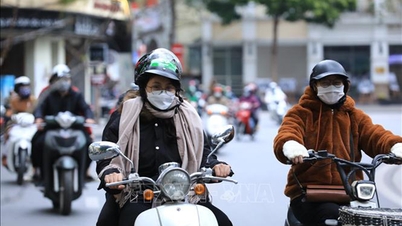

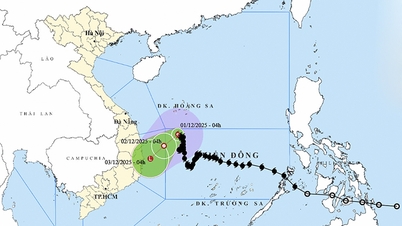
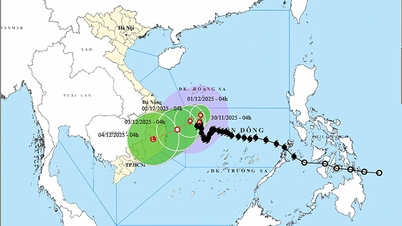
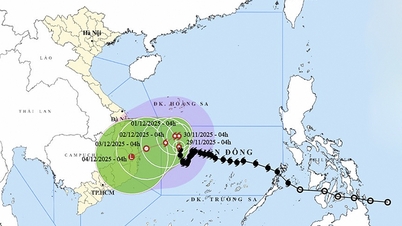






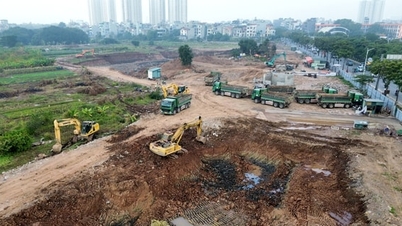










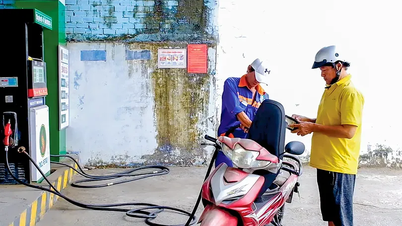

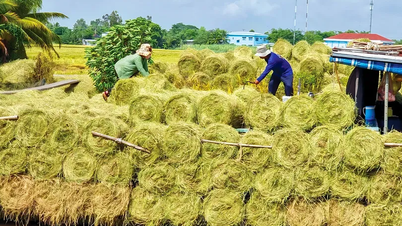


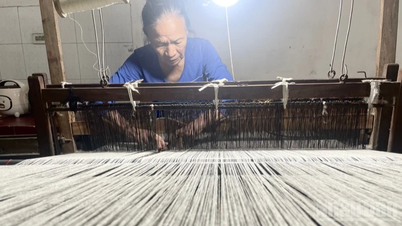

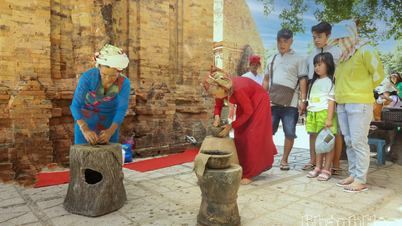

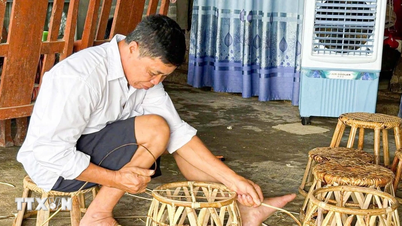

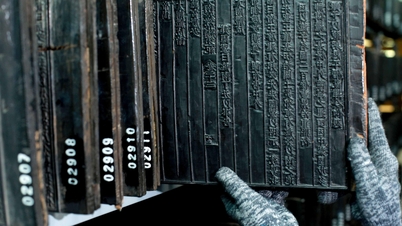










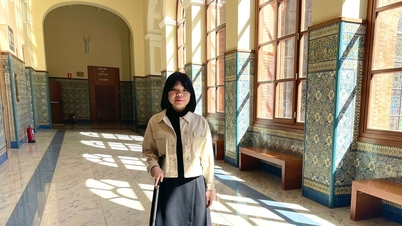





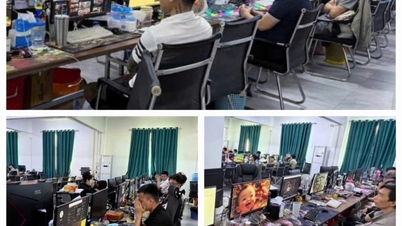
















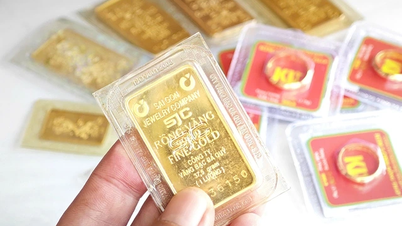








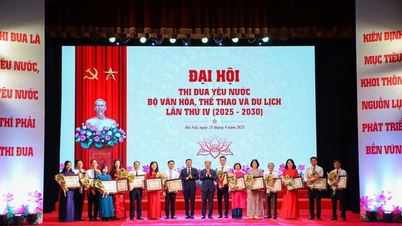

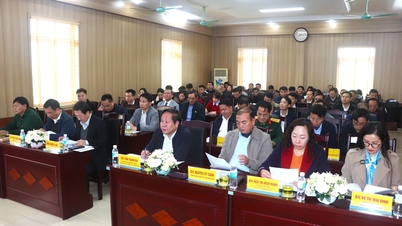


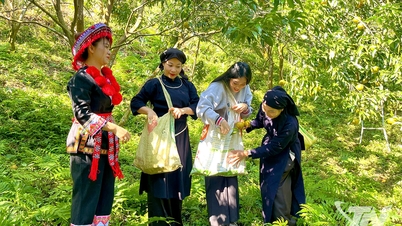



















Comment (0)